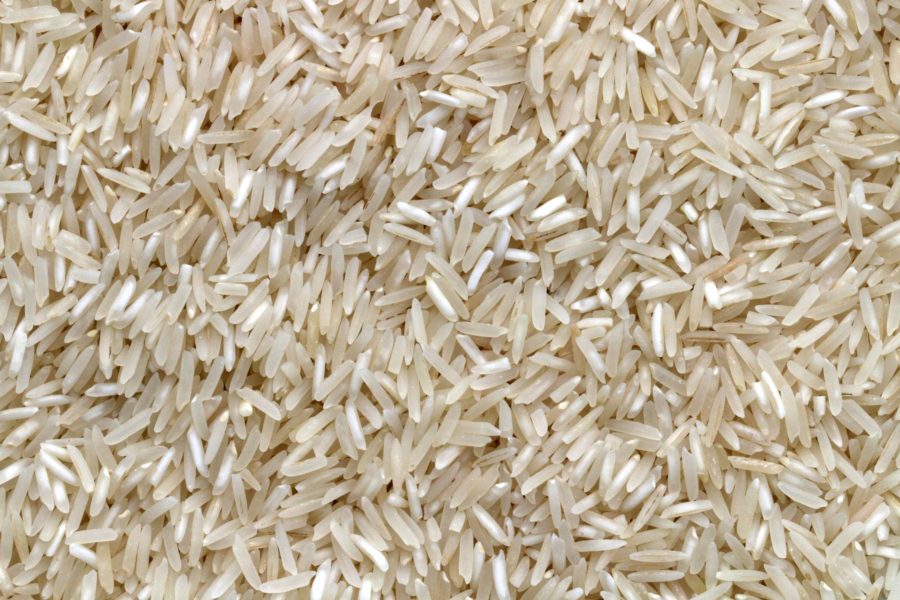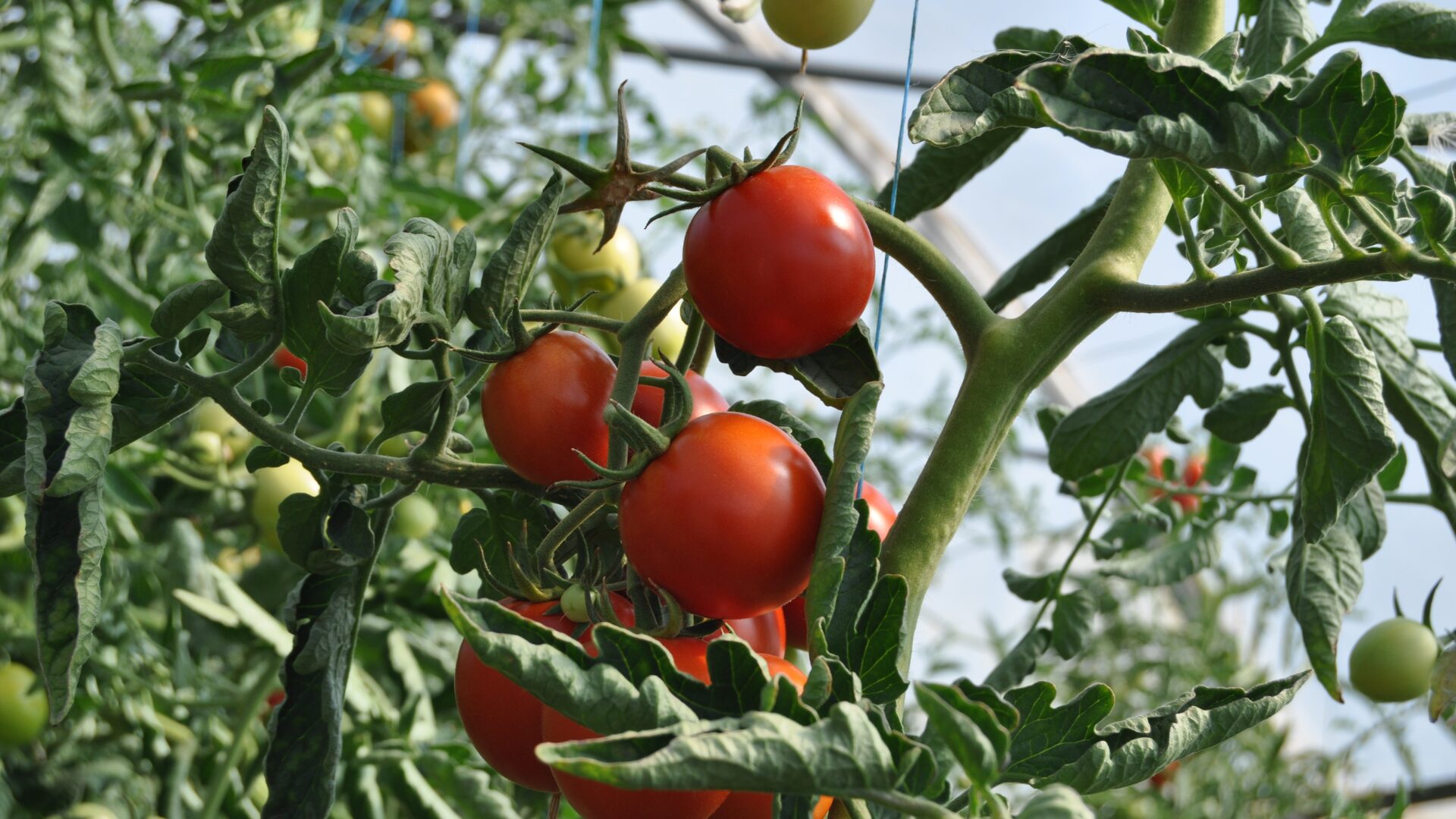China accepted its first-ever commercial container of U.S. rice in history, creating cautious optimism with rice growers across the U.S., reported Western Farm Press (Nov. 3). The shipment was received as Chinese buyers await the outcome of the U.S. Presidential election, which analysts say has caused a recent slowdown in buying.
Medium grain Calrose rice from California was shipped after more than a decade of political and regulatory negotiations by the U.S. rice industry, most recently marked by the U.S.-China Phase One Agreement from last January. The agreement included a promise by China to buy U.S. rice. This first shipment marks a positive move in agricultural trade relations between the two countries. It may signal that China is willing to buy different rice varieties from across the U.S. growing region, including California, Arkansas, and Louisiana.
The rice was sold by ADM Rice to a private importer for retail distribution in China, which remains the world’s largest producer and consumer of rice, according to the USA Rice Federation. Bobby Hanks, chairman of the USA Rice Federation board, says it was expected that California’s medium grain Calrose rice would be the first traded between the two countries, as China grows a lot of long grain rice. However, the U.S. rice industry remains optimistic about long-grain rice opportunities, even amid competition from neighboring countries to ship long-grain rice for cheaper than what can be delivered from the U.S.
“We hope to see more buyers, both private and government, step forward to purchase U.S. rice,” Hanks stated.
Despite the inroads in the rice industry, China has slowed down its buying of U.S. agriculture products in recent weeks as it awaits the outcome of the U.S. presidential election, reported S&P Global (Nov. 3).
As part of its plans to remain on track with targets set under the Phase One deal, China accelerated purchases of U.S. agricultural products in the last few months, with sales of soybeans, corn, wheat, sorghum, barley, and pork reaching well above year-ago levels. However, sales have slowed down in the last three weeks, indicated by the lack of daily flash sales reported by the USDA. Flash sales are defined as any export sales activity made in one day, totaling 100,000 metric tons or more for a commodity, or 200,000 metric tons or more during a given week.
According to USDA data, China last booked large soybean volumes on Oct. 15 and daily flash sales of corn were reported last on Oct. 14. U.S. daily corn sales to China have slowed down since the large 1.1 million metric tons of sales seen in earlier September. China commitments for U.S. corn spiked to a record 10.6 million metric tons for a 2020-2021 delivery, yet only 1.9 million metric tons of corn has been shipped from U.S. ports between Sept. 1 and Oct. 22, USDA data revealed.
U.S. bean export sales to China totaled more than 1 million metric tonsevery week since Aug. 27, but have dipped sharply after Oct. 1. The pullback indicates that Chinese buyers are covered until the end of the year and are awaiting the results of the U.S. presidential election, according to analysts.
“For now, China will purchase just enough to keep the numbers moving in the right direction, but not so much as to drive up their own prices. China is waiting on the results of the U.S. elections and stocking up on commodities when prices are low,” said Dave Huston, principal market technician at U.S.-based Huston Trading.
The recent slowdown in Chinese buying did not have a big impact on U.S. grain price movement, as prices still remain elevated from the lows recorded earlier this year.
Meanwhile, another silver lining for U.S. producers this week is China’s continued tightening of import restrictions on Australian goods, with the country suspending imports of some Australian timber and barley varieties, reported Yakima Herald-Republic (Nov. 3). The restrictions follow previous measures to limit imports of lobster, coal, beef, and other goods.
The strained trade relations follow Beijing’s demands for the Australian government to drop its support for an investigation into the origin of the coronavirus pandemic. China is Australia’s biggest export market. Beijing’s move to restrict trade is further evidence that China is willing to leverage its status as a growing consumer giant against other governments in political disputes.












